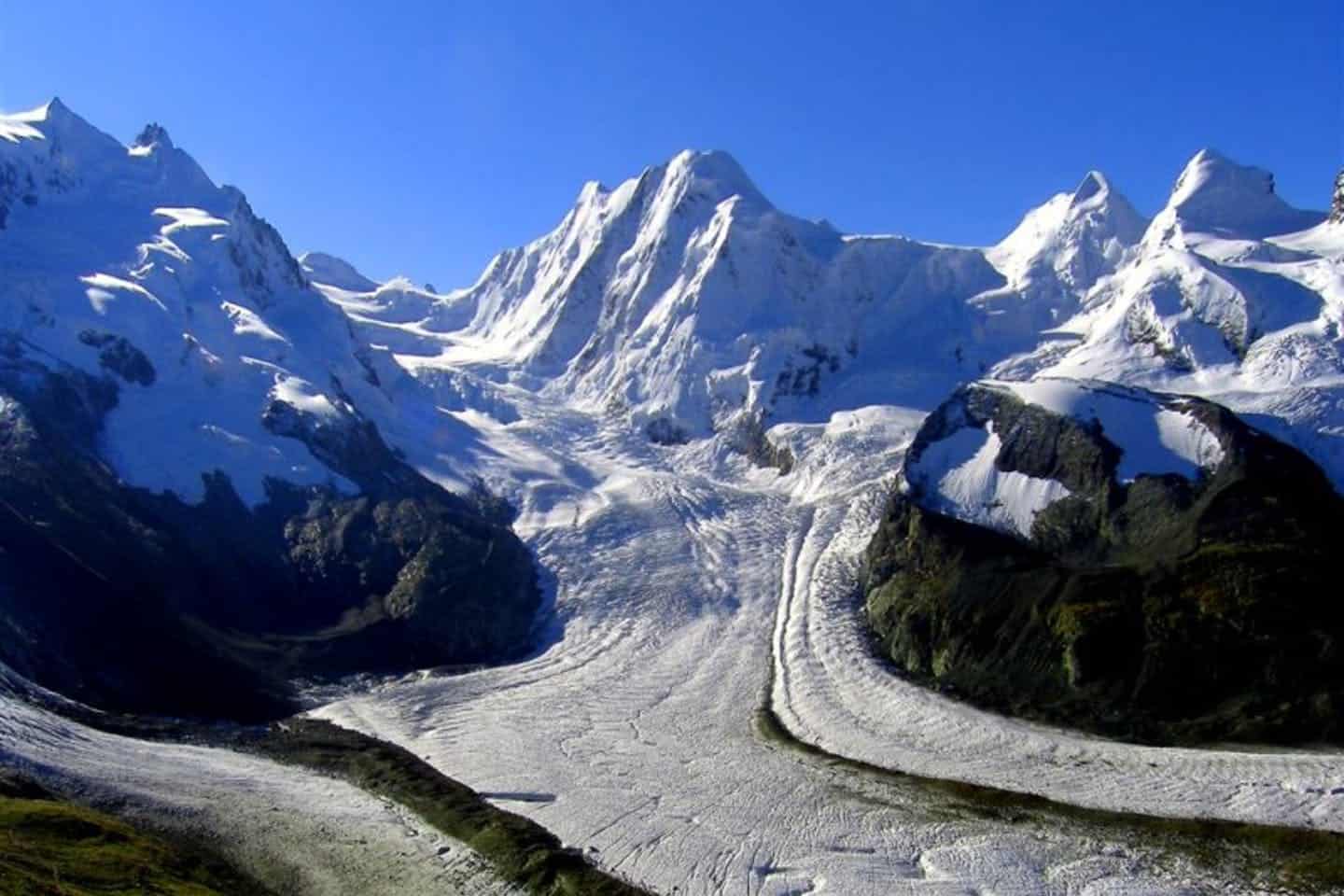With the ongoing crisis of climate change, the weather seems to get more extreme every year. The reason for global warming is due to the presence of greenhouse gases. The atmosphere has more than reasonable amounts because of human activities. Thus, the air temperature near the surface of the Earth is warming up more than it would if they were otherwise absent. As a result of the subtle temperature increase, the polar caps and glaciers are melting. Not only are the water levels rising, but it is creating colder moisture in the air that drastically changes weather patterns.
Scientists have proposed that by the year 2100, there will be no glaciers left, even if we were to do away with all of our fossil fuels before then. No one is sure of how the process can be reversed or if it can. So for now, let’s take a look at the retreating glaciers of the Alps before they vanish forever.
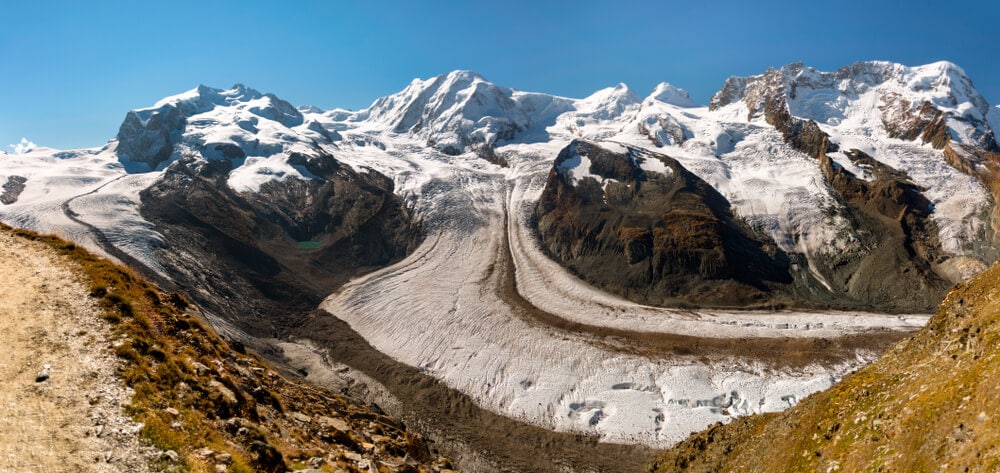
Gorner Glacier
This glacier is located on the Swiss border near Italy and is the second-largest glacier in the Alps. Although this photo was taken in 2017, the glacier has retreated dramatically since then, exposing more barren rock to the elements.
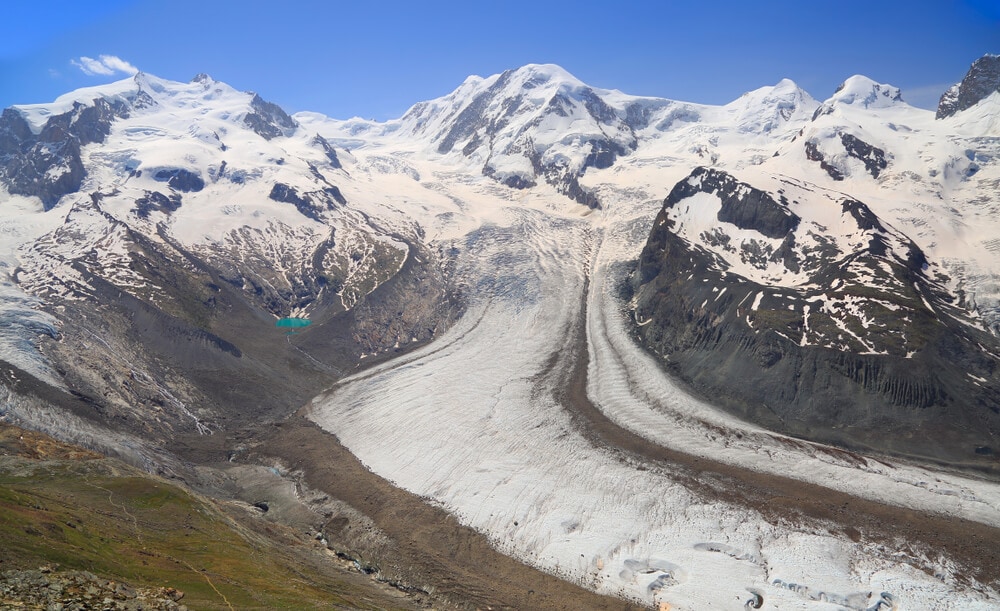
One of the more interesting features of the Gorner is that it has an ice-marginal lake that fills every year and drains during the summer. The glacier is also the source of the Gorner River, which is used for hydroelectric power.
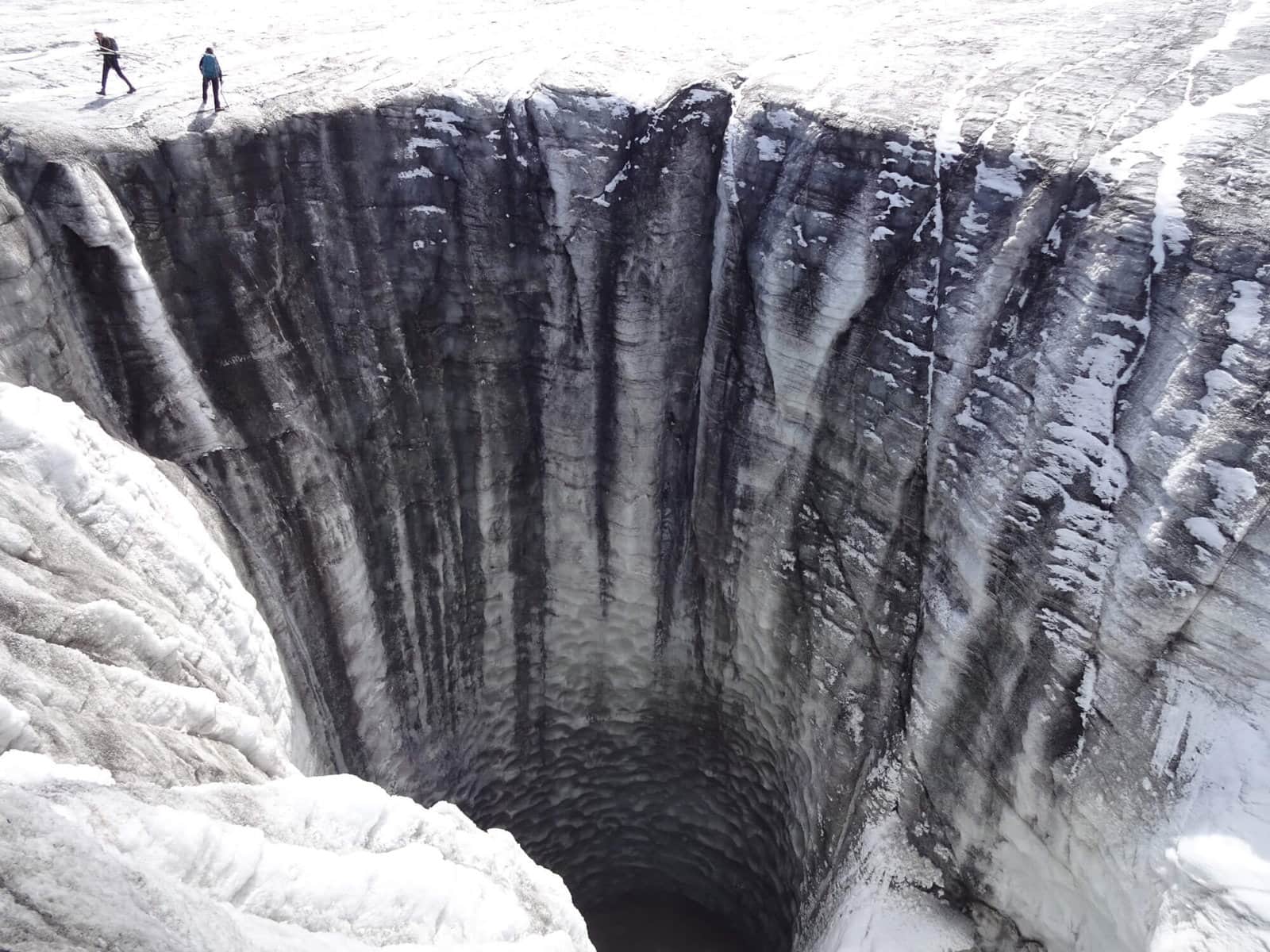
Plaine Morte Glacier
Once a glacier, the Plaine Morte is now water running through it into an ice-dammed lake. The shrinking of the glaciers has brought many concerns as to where new water sources will come from and how hydroelectric plants are going to continue running.
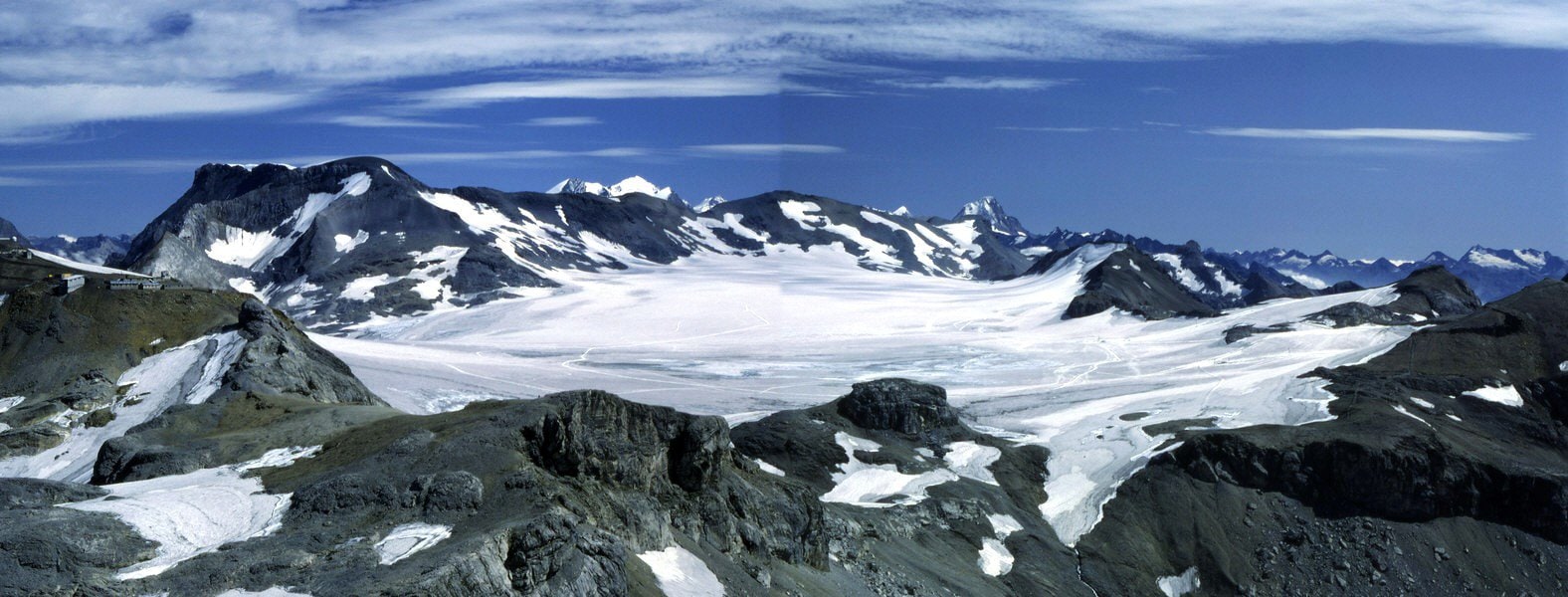
The ice field of the Plaine Morte Glacier once covered roughly three square miles and is located below the Bernese Alps. For visitors, it is straightforward to get to by cable car, and the lake itself only covers 0.11 square kilometers.
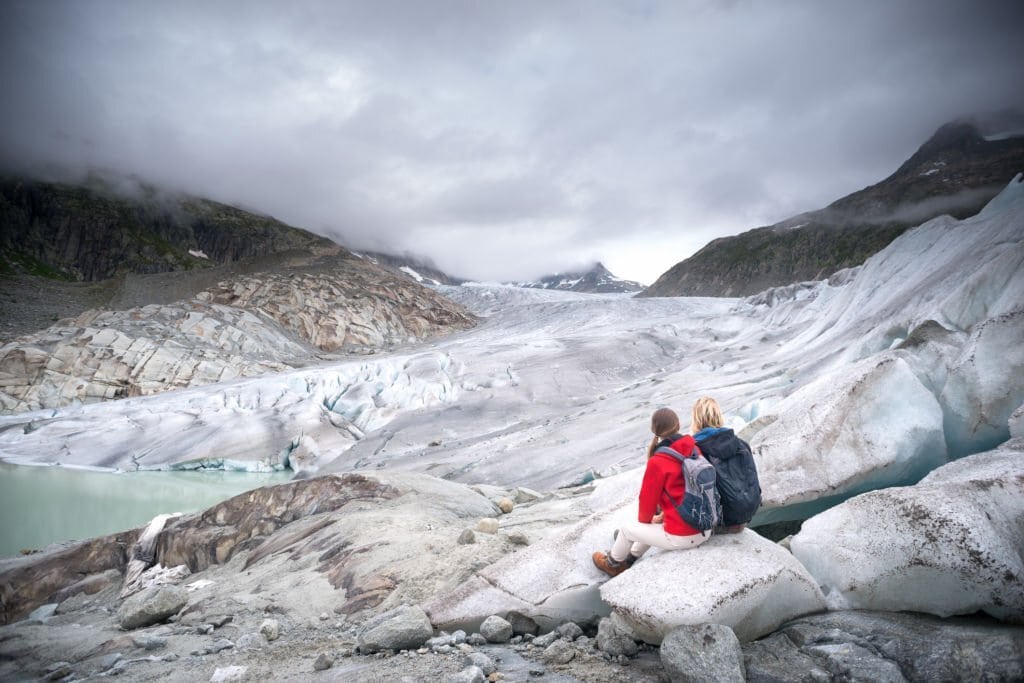
Rhone Glacier
One of the primary contributors to Lake Geneva, the Rhone Glacier was the largest glacier in the European Alps during the last Ice Age. Between 1856 and today, the glacier itself has retreated a distance of 4,600 feet. Actions have been taken to preserve the glacier as much as possible by covering the ice and snow with white blankets to reflect the sunlight.
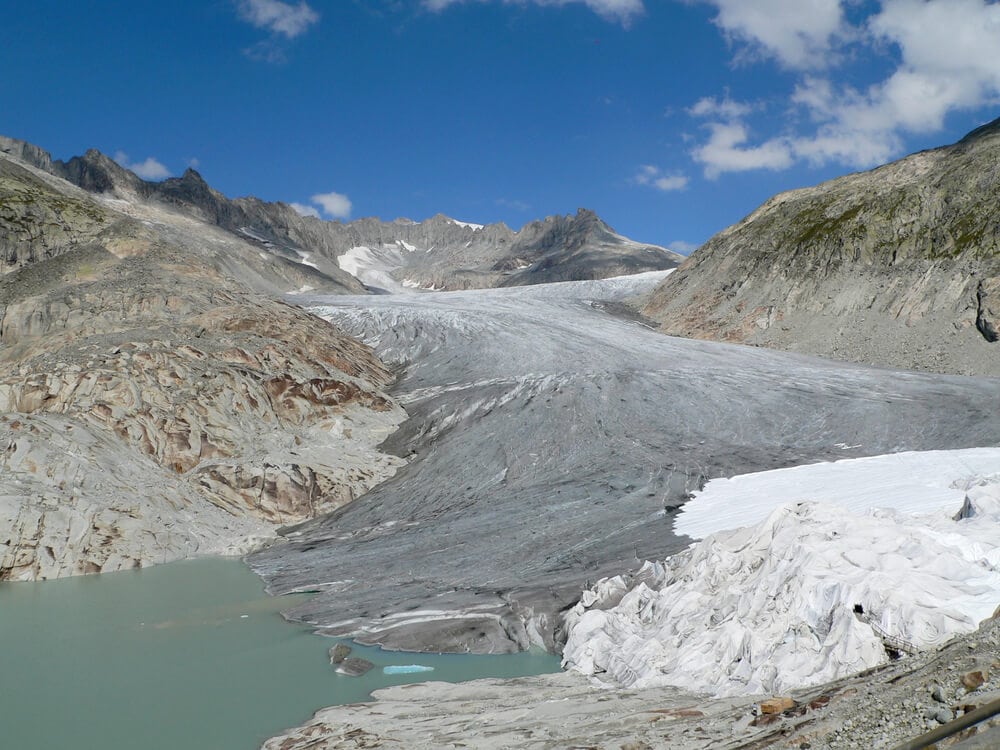
It is one of the most accessible glaciers and has become a destination spot for tourists who are eager to see the glacial ice. With the effects of climate change, however, authorities fear that the retreat of the glacier will result in economic problems from the lack of tourists in the future.
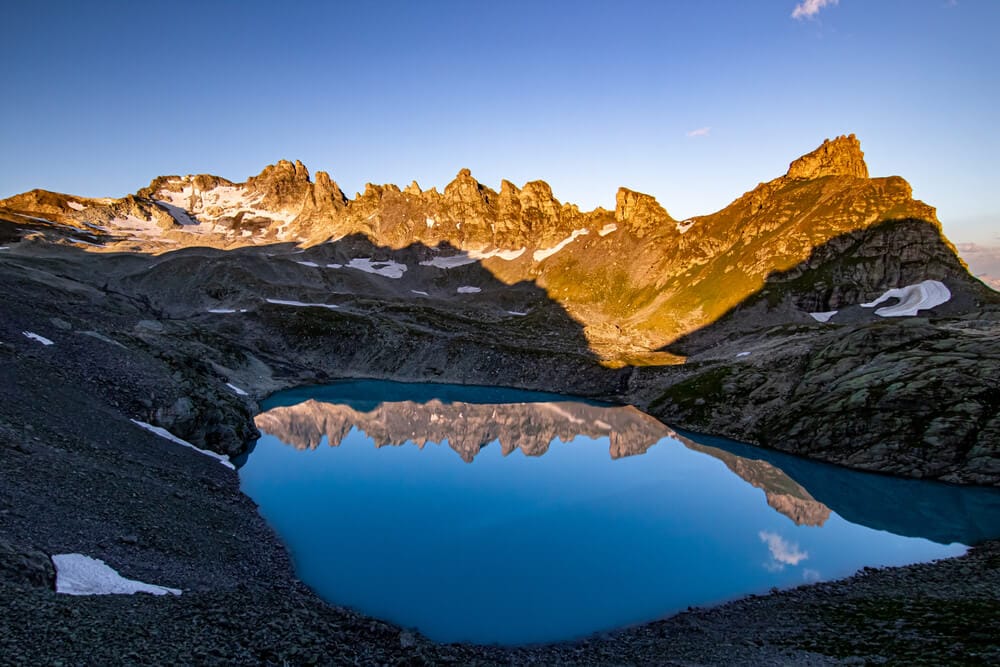
Pizol Glacier
It is believed that the Pizol glacier is the one glacier that will disappear from the Alps first. It lies beneath The Pizol, which is a mountain that overlooks the canton of St. Gallen. It is the tallest mountain in a range that separates the Seez and Tamina rivers from each other.
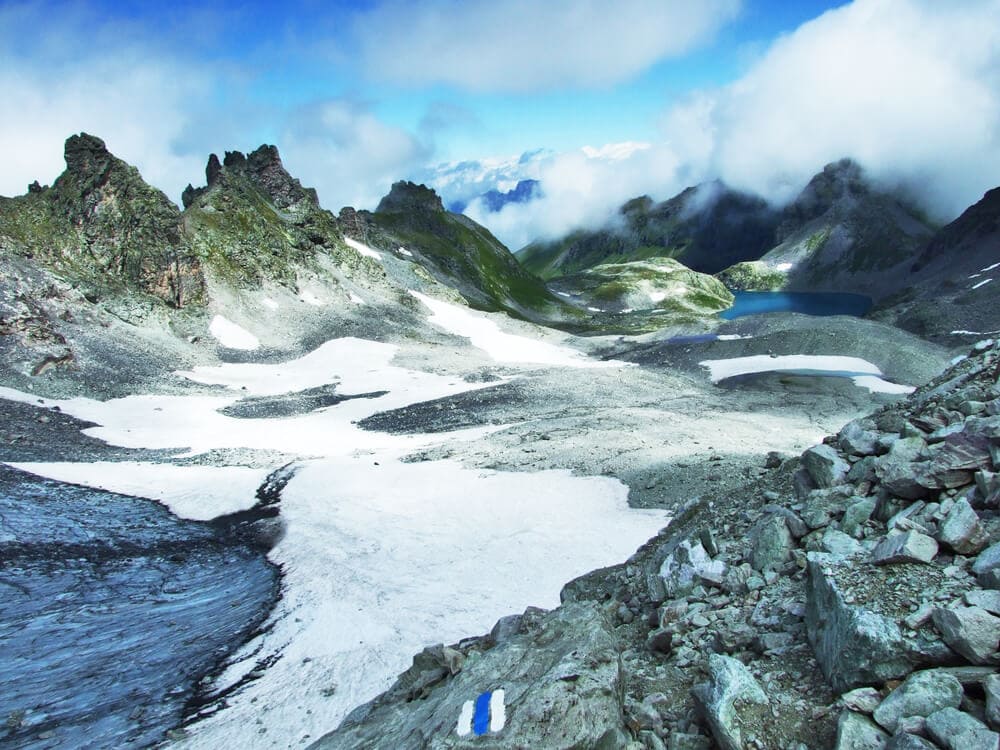
Although five other mountain lakes surround The Pizol, there is only one glacier. It sits about 2,600 meters above sea level on the northern side of the mountain.
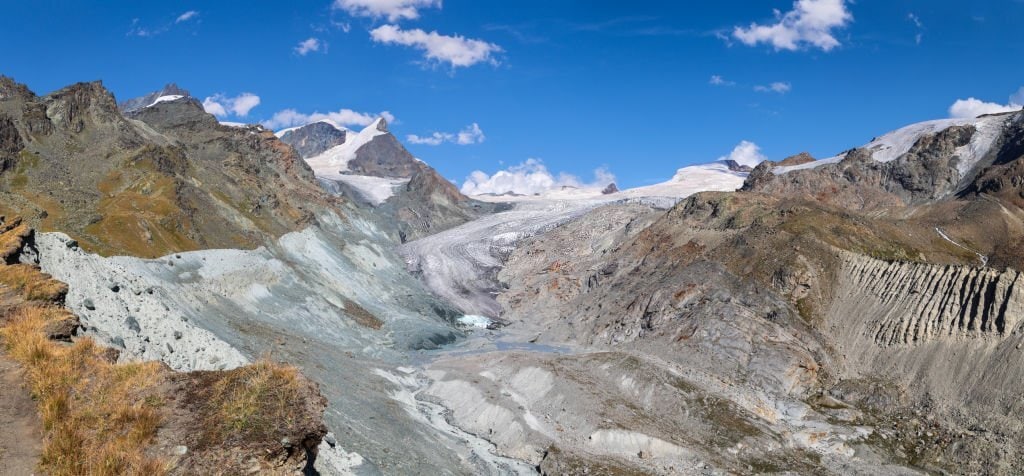
Findel Glacier
The Findel glacier is a valley glacier that comes down from the Monte Rosa massif. The glacier itself is roughly five miles long and covers an area of about 7.3 square miles. The start of it is about 12,500 feet above sea level, while the end sits at 8,200 feet above sea level. That’s a pretty steep decline for this glacier.
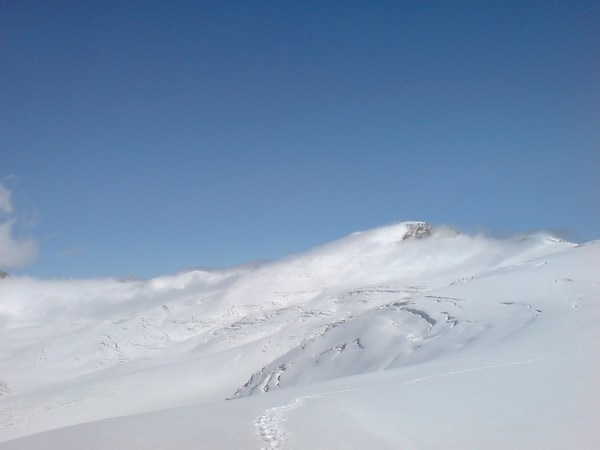
Scientists once measured the length of the glacier in 2009 to see how far it was retreating each year. The results were compared to a measurement they took in 2005, and their results showed that since 1850, the glacier has lost ¼ of its surface area and about 49 million cubic meters of ice.
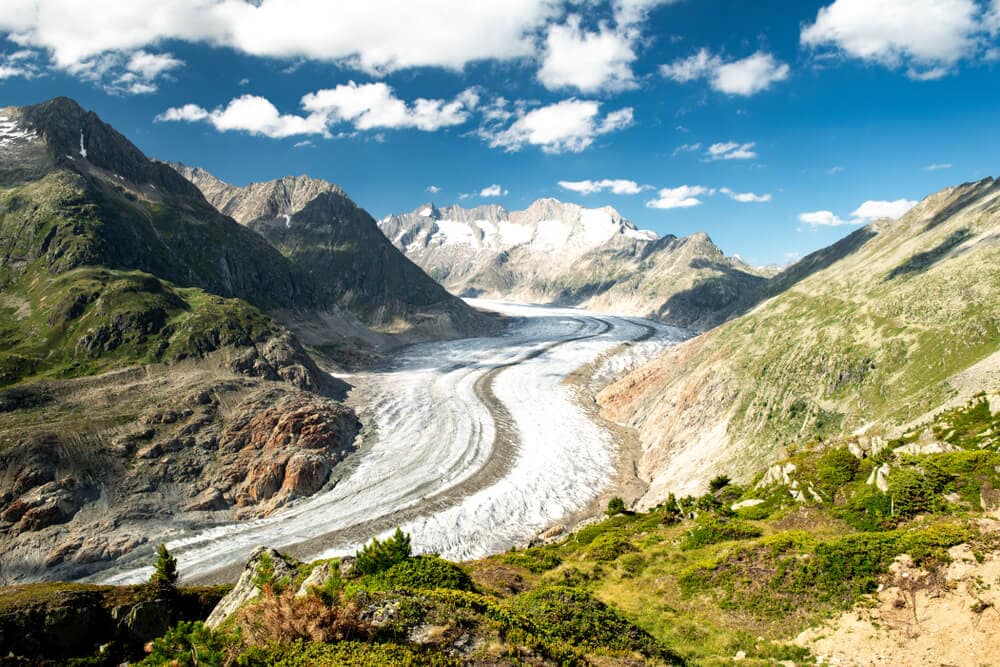
Aletsch Glacier
This glacier is another of the big ones found in the Alps and has a length of about 14 miles, covering approximately 31.5 square miles. It’s actually composed of four different glaciers coming together at Concordia Place. The ice covering the surface has been measured to be about 3.300 feet thick.

When it was measured in 2016, it had lost 0.81 miles of its length and lost about 980 feet of its thickness since 1870. That’s not the most significant retreat, taking all of the glaciers into account, but it’s still definitely worrisome.
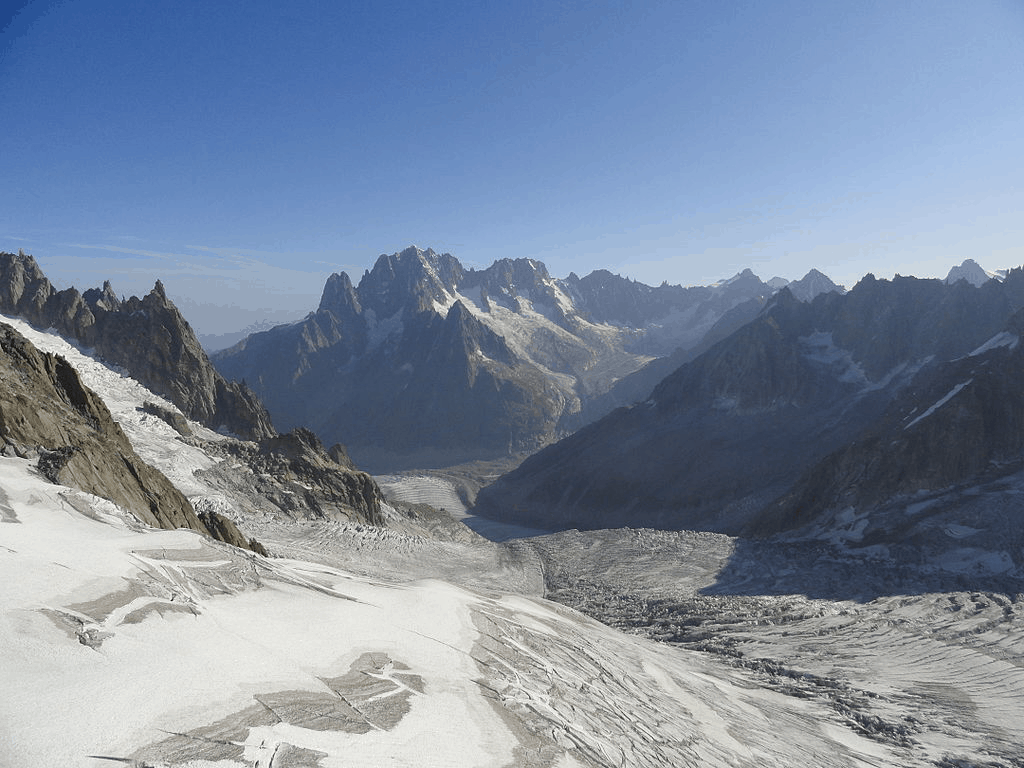
Mer de Glace
The Mer de Glace means the “Sea of Ice” and is a valley glacier that’s located in the French Alps. It is roughly 7.5 kilometers long and 660 feet deep, making it the largest glacier in France and the second largest in the European Alps altogether.
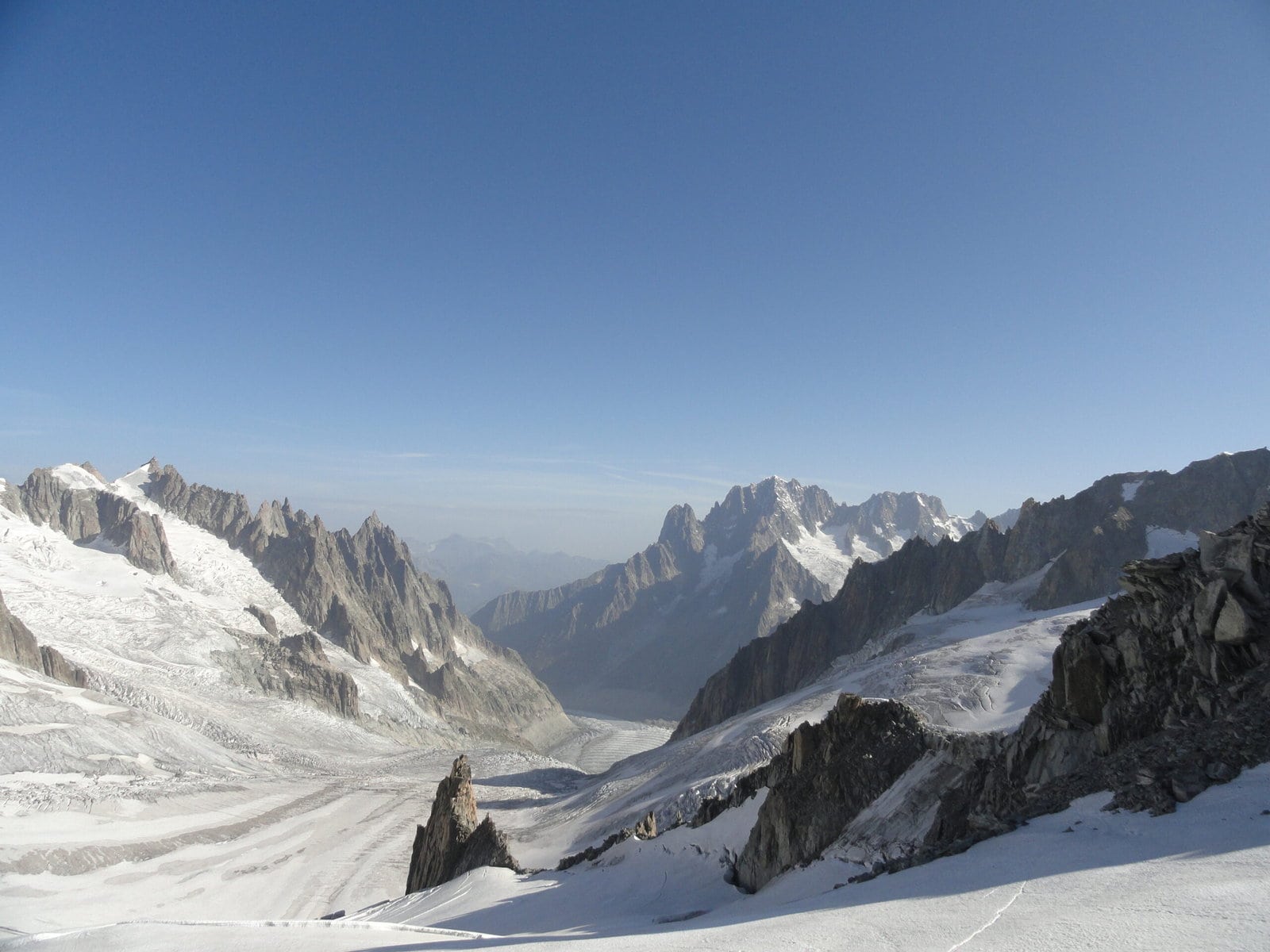
Between 1939 and 2001, records have shown that the glacier has gotten lower by an average of 30 centimeters per year, amounting to a loss of 700 million cubic meters of water. It’s a vital glacier that has been used seasonally by the Électricité de France for hydroelectricity.
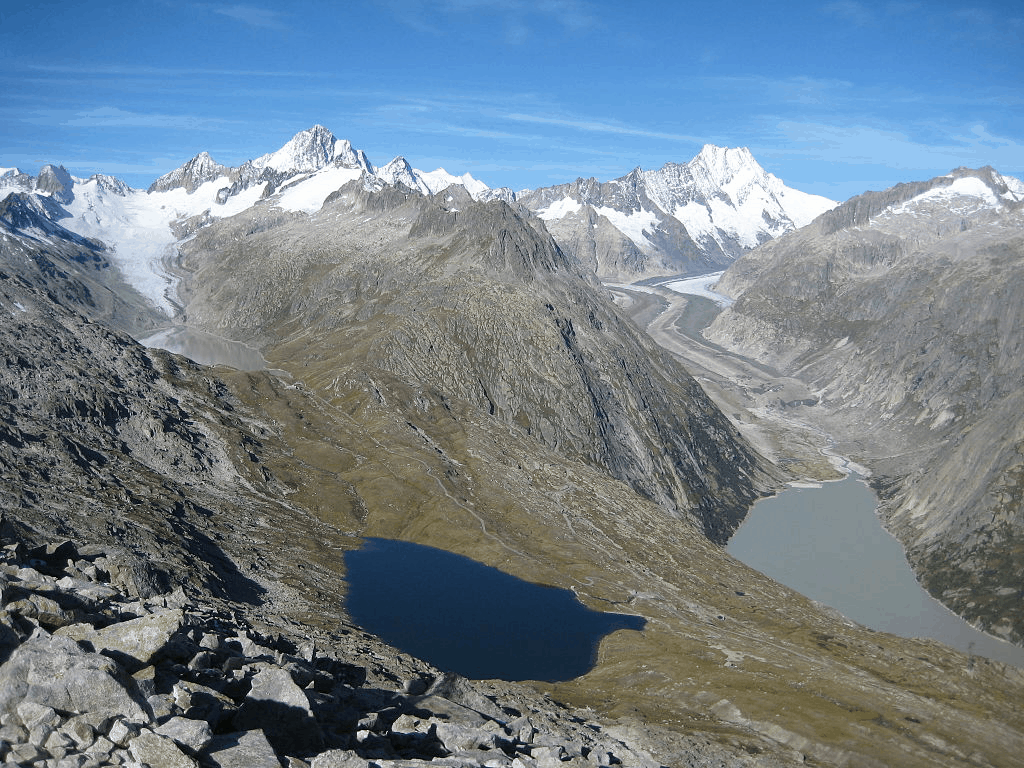
Unteraargletscher
The other name for this glacier is the “Lower Aare-Glacier” and is one of the two sources of the Aare River located in the Bernese Alps. The glacier was roughly eight miles long and covered about 11 square miles back in 1973.
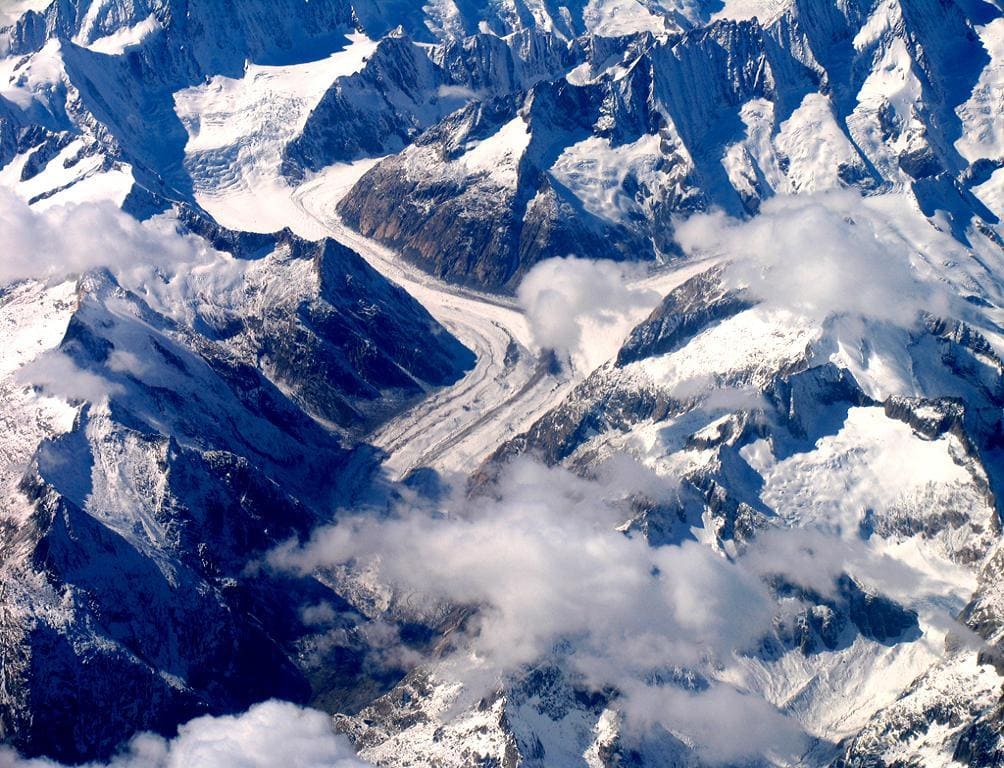
Climate change has altered that, however, and is now 400 meters shorter than what it used to be. This glacier gained notoriety as one of the first glaciers to be used in the development and study of glaciology. That is the scientific study of glaciers and other natural formations of ice.
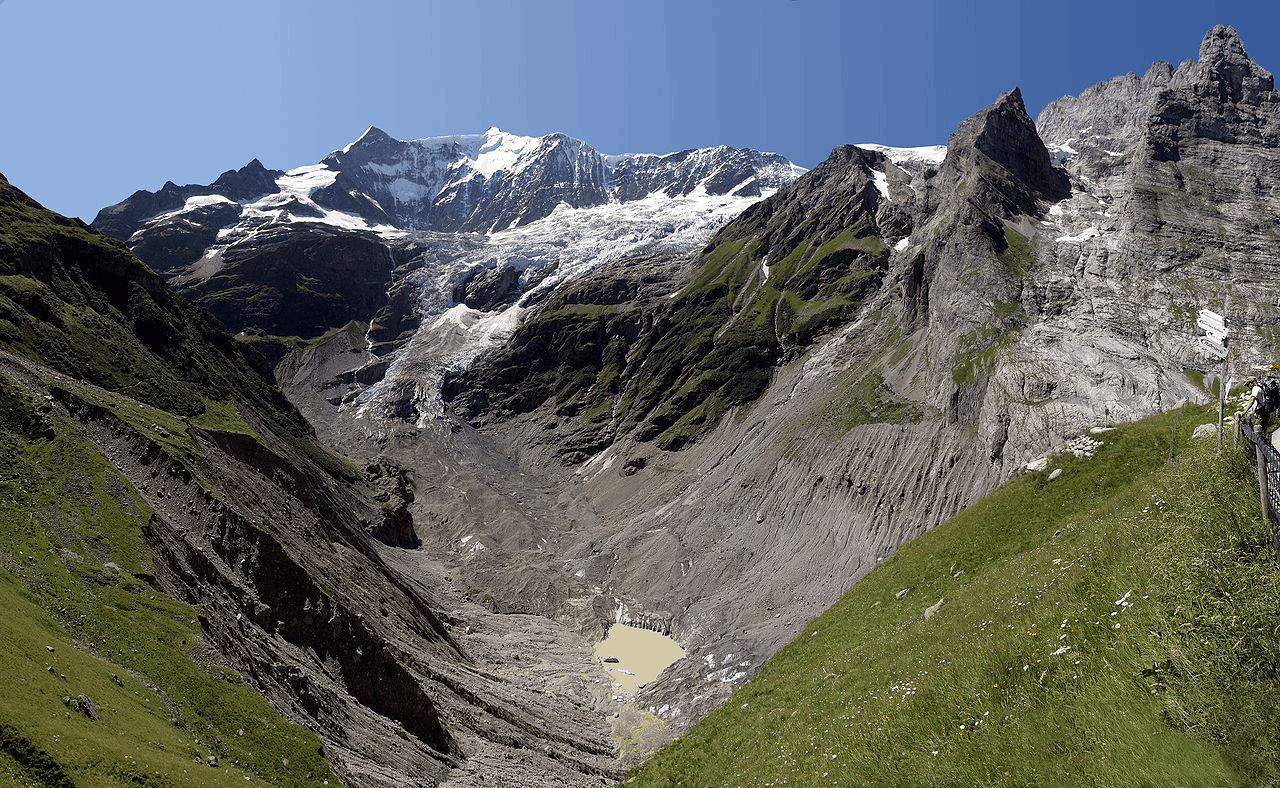
The Lower Grindelwald Glacier
This glacier is located southeast of Grindelwald and has a major tributary. The glacier is about five miles long and covers an area of about eight square miles. Or, at least it did back in 1983. It has shrunk a lot since then, and now only has a length of 3.9 miles back in 2007.
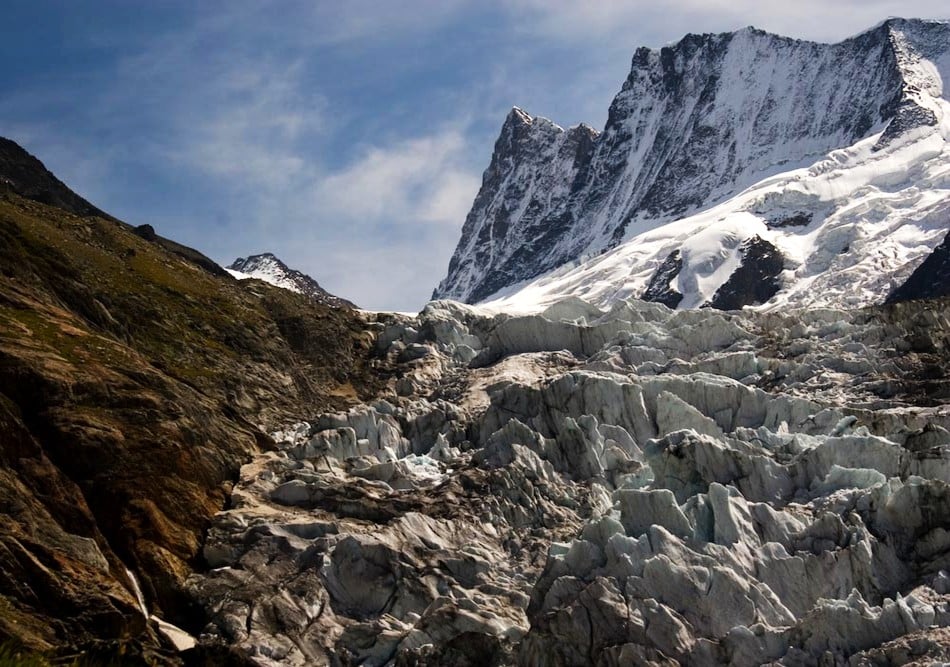
It can be easily confused with other glaciers in the same area, such as the Upper Grindelwald Glacier and the Fiescher Glacier, which are located more to the south.
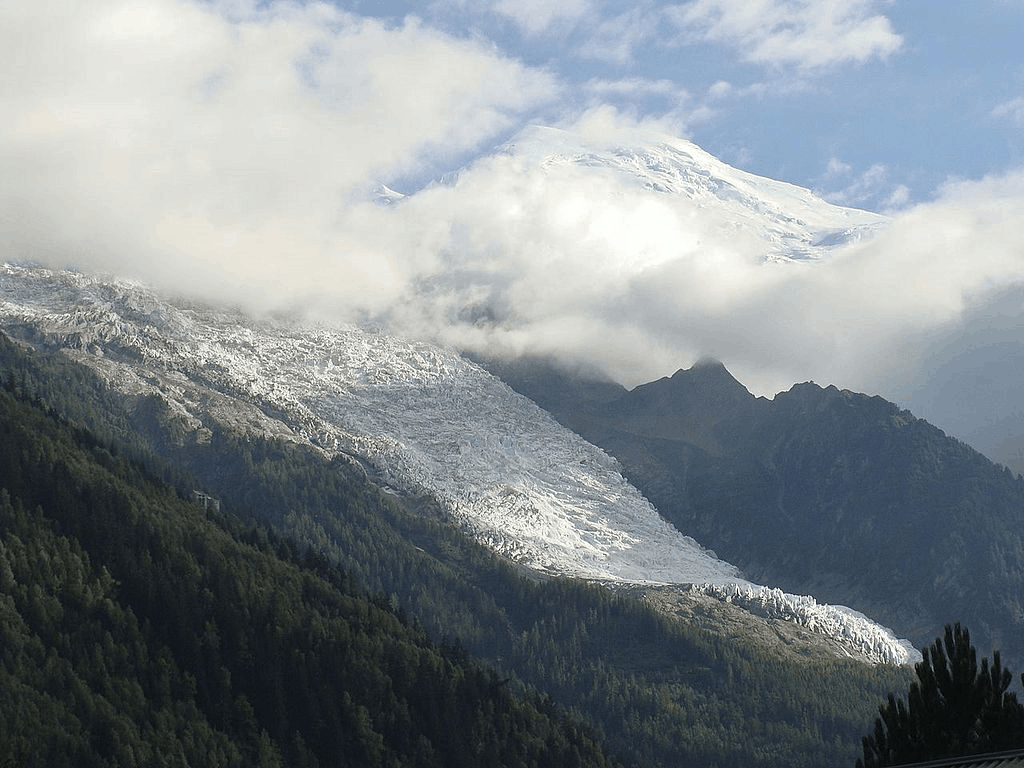
Bossons Glacier
The Bossons glacier is one of the most massive glaciers to form the Mont Blanc massif, located in south-eastern France. It starts on the side of Mont Blanc and ends in the Arve Valley. Moreover, because of its size, it has the largest altitudinal drop of any glacier in the Alps. It’s roughly 7.5 kilometers long and covers an area of about 10 square kilometers.
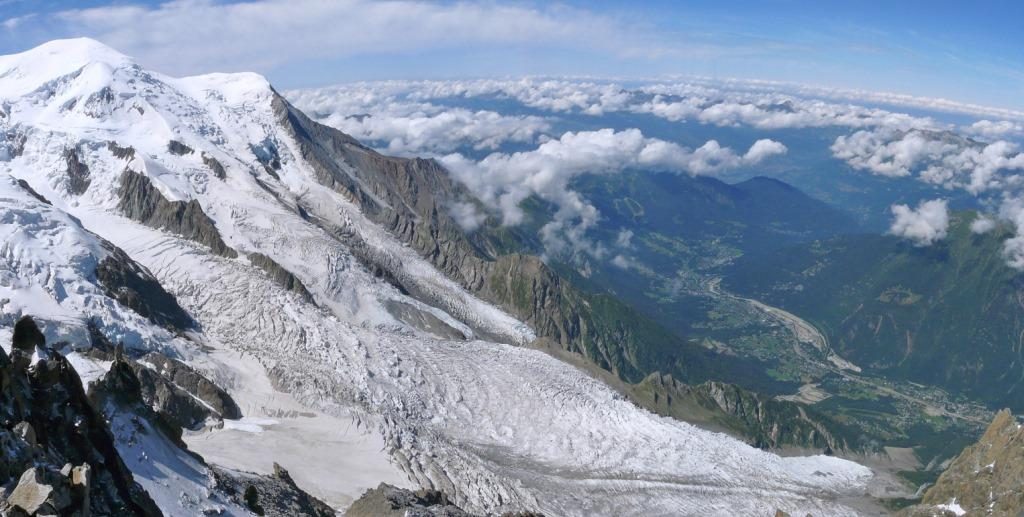
The glacier once extended all the way down into the valley but has retreated since then. By 2008, it ended 1,400 meters above sea level, where it once was 1,050 meters above sea level.
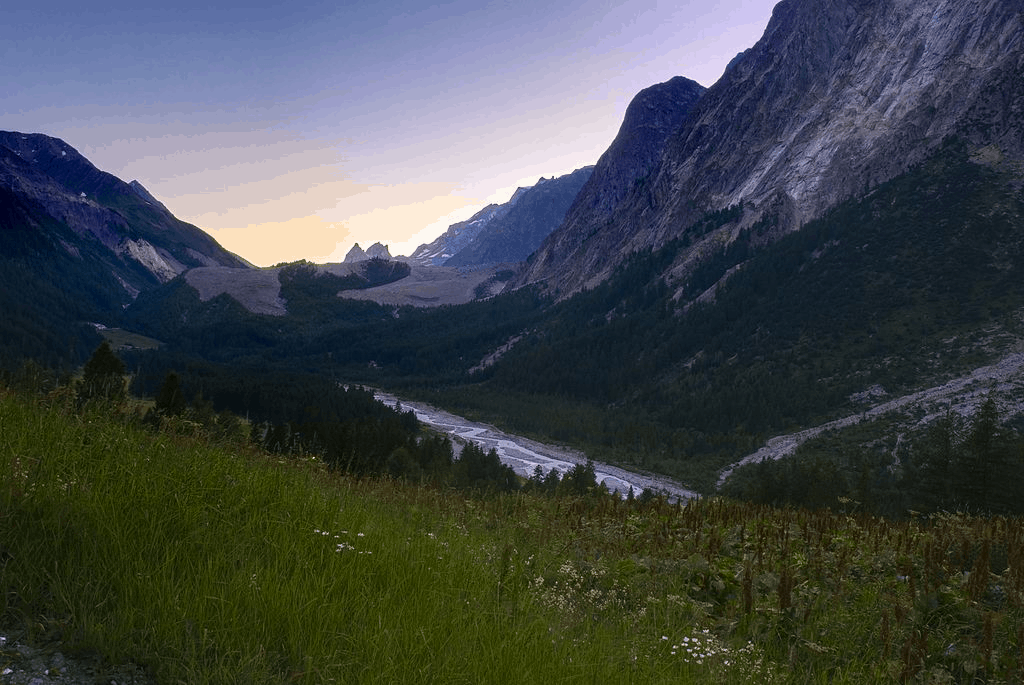
Miage Glacier
The Miage Glacier is roughly 6.2 miles in length and is Italy’s longest glacier. It is also the largest debris-covered glacier in all of Europe. This rubbish comes from rockfalls and avalanches that carry material into the area.

However, the falling debris has been increasing over the years due to thinning of the ice, making it much easier for erosion to take place. This change will eventually lead to more rock slides covering the surface of the glacier.
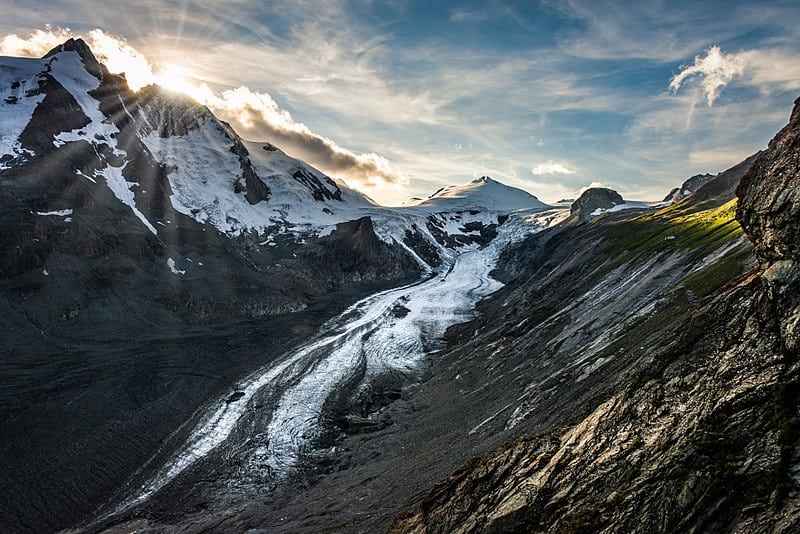
Pasterze Glacier
The Pasterze is about five miles in length and is the longest glacier in Austria. This glacier located beneath Austria’s highest mountain, the Grossglockner. It is the source of the Moll River and also feeds the Margaritze reservoir which is used to create hydroelectricity.
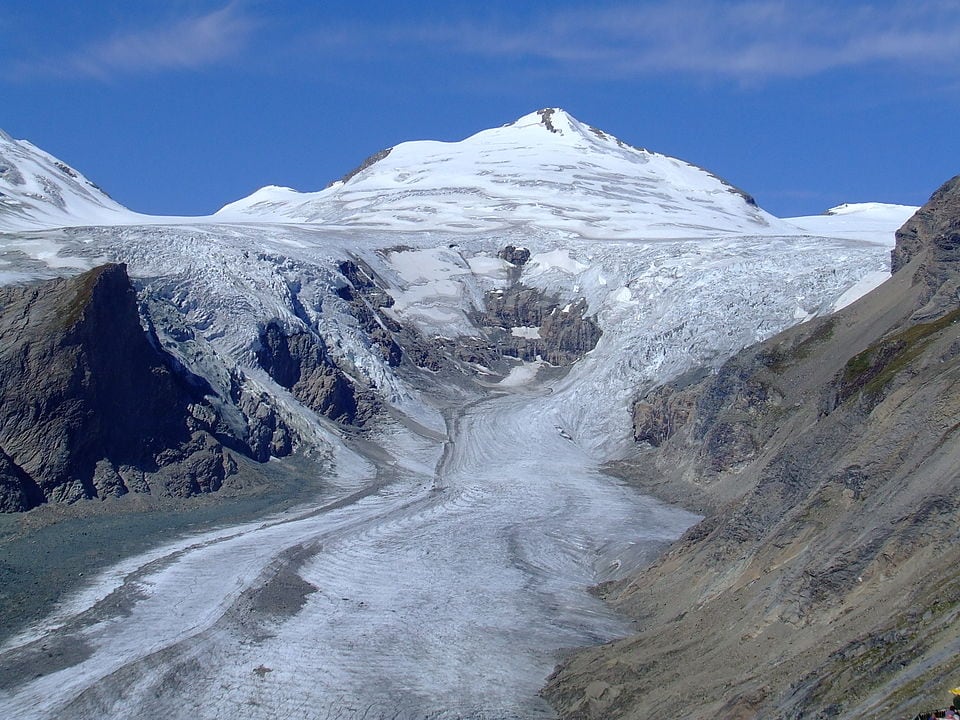
Sadly, it has been retreating at a rate of 50 meters per year, and it has lost half of its volume since 1851. Given that the glacier is a major tourist attraction, the authorities are not sure what they can do to prevent it from retreating further.

